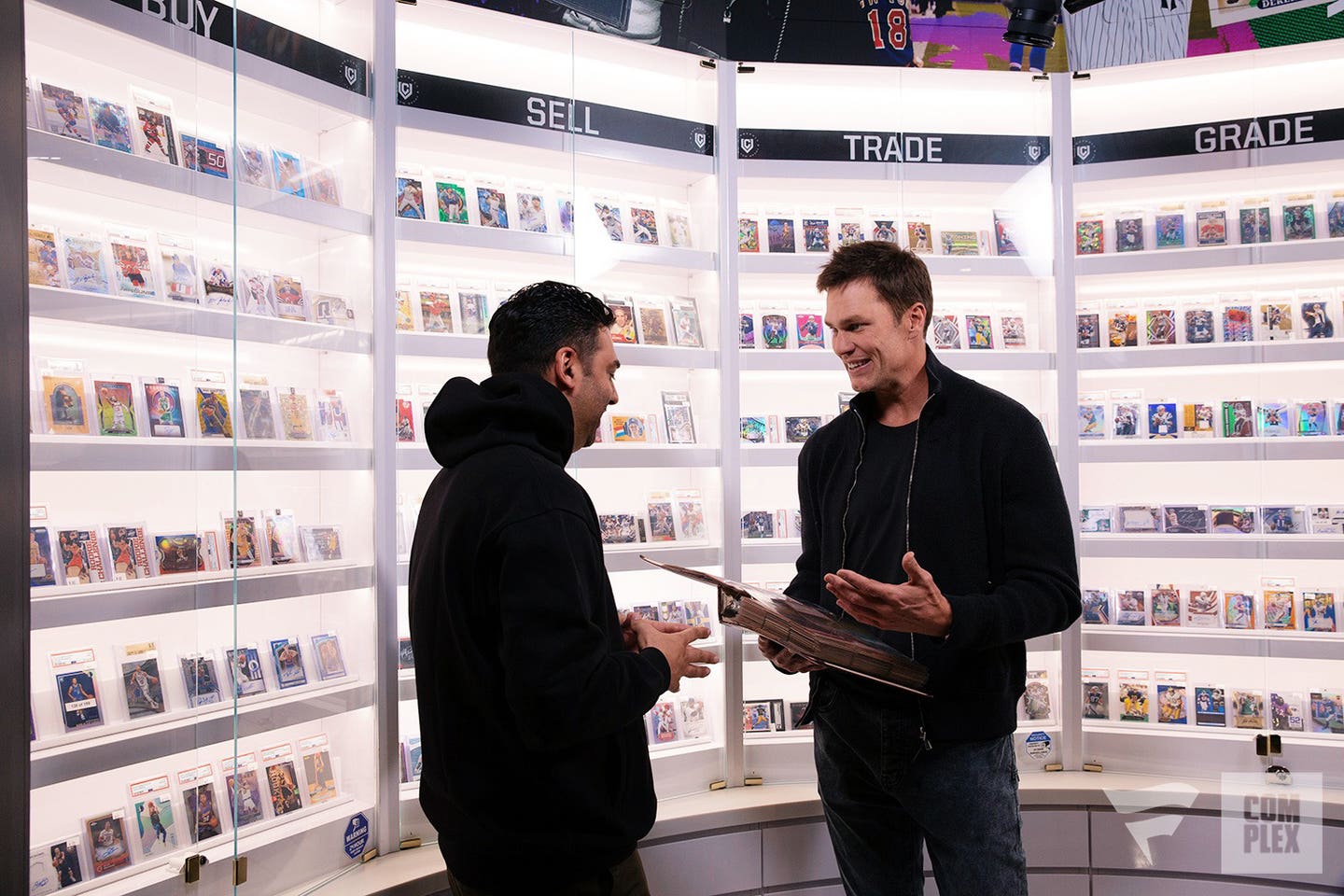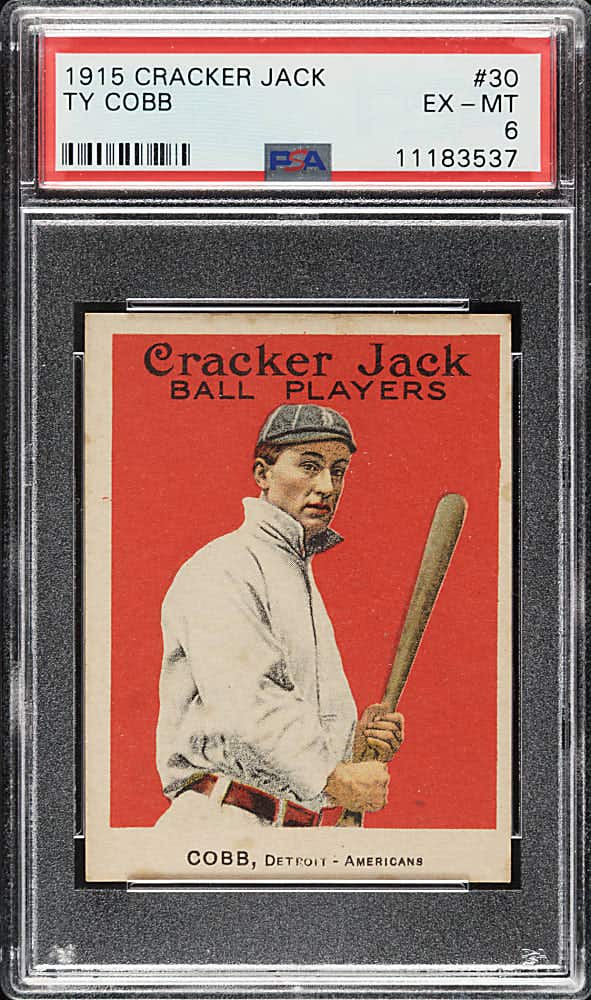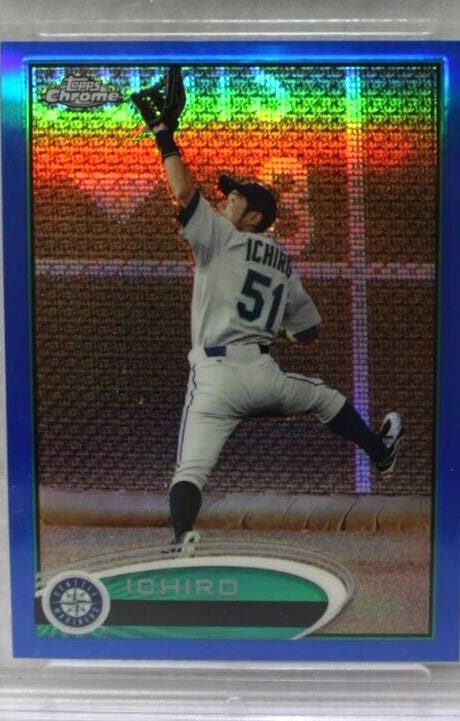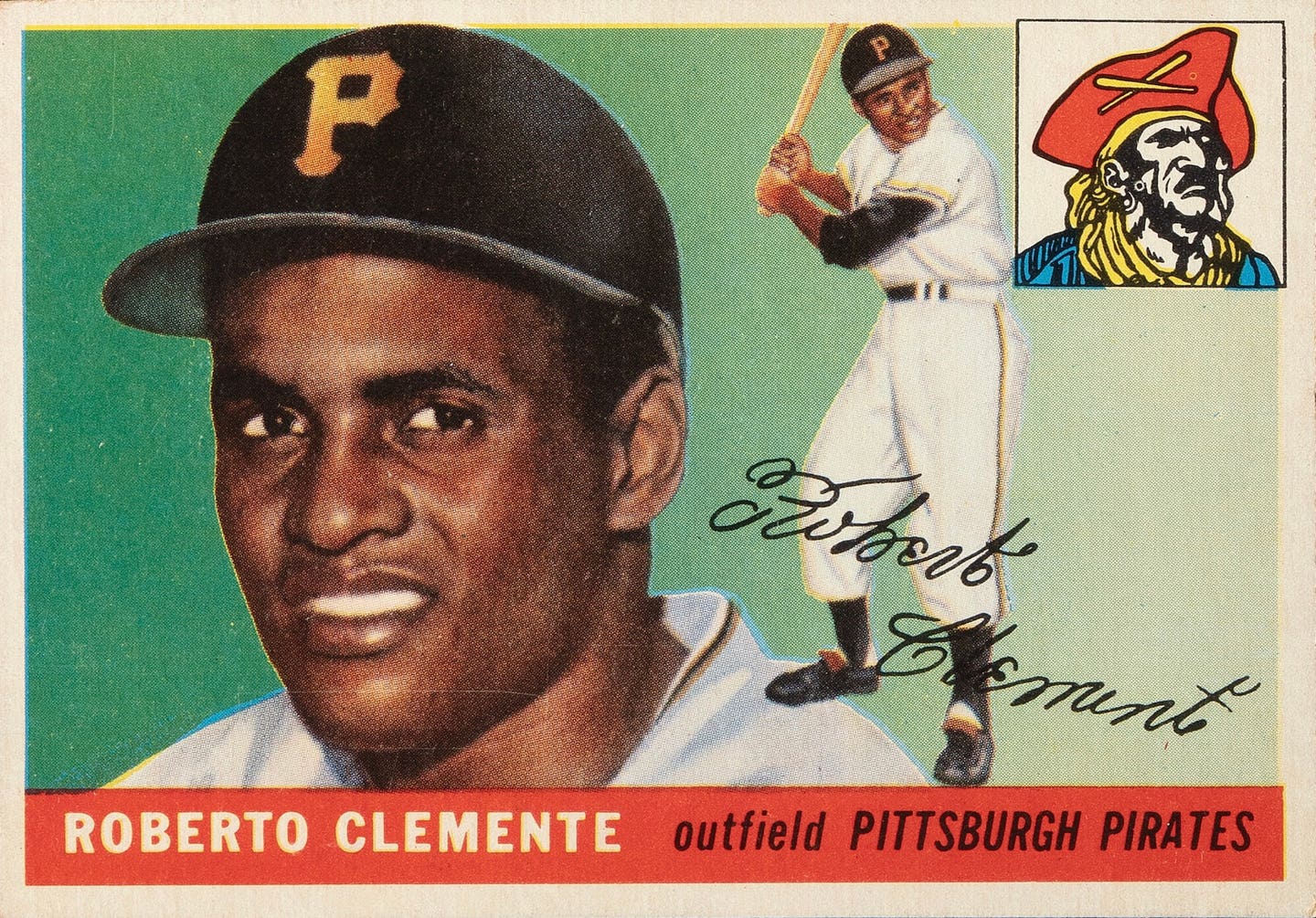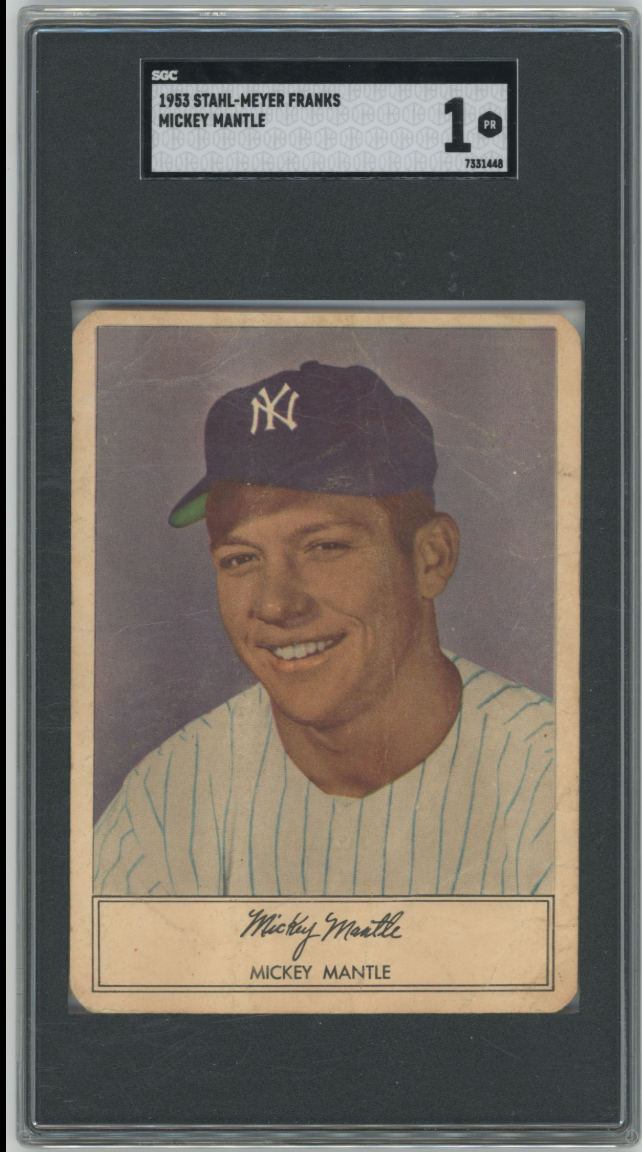Cards
But the 1952 Pafko is not a genuine card ….
Famed plaque maker and Philadelphia Athletics Historical Society maven Ernie Montella e-mailed me some photos the other day, along with some notes explaining why he had sent these particular pictures at this moment in time.
The photos were of an Andy Pafko plaque that Ernie made more than 20 years ago and of Pafko himself admiring Ernie’s handiwork. Montella had been rummaging through his vast archives and had come across a note from the legendary ballplayer thanking Ernie for making the plaque and donating it to Pafko’s high school.
Montella said the note from Pafko was dated October 1998 and thanked Ernie for “making that poster” of Pafko’s baseball cards and donating to the Boyceville, Wis., high school that the major leaguer graduated from in 1939.
Ernie gets a chuckle out of references to his amazing creations as posters, since that designation hints but hardly accurately describes what has been one of the unique hobby artifacts for more than 30 years.
The “poster” nomenclature is faulty, because Montella typically takes a combination of real and reprinted cards and designs them around compelling photos in the center, often things like souvenir program and magazine covers, and frequently those wonderful full-page color photos that graced the now defunct Sport magazine for much of the period from the 1950’s to the 1970’s.
Montella then turns his design creation over to this plaque manufacturer, which produces a laminated-like finish to the whole thing on a very heavy wood board. Trust me, it’s one of those rare things in life that you’ve got to see firsthand to appreciate. The resulting plaques have a smooth but textured, mysterious surface that leaves any hint of the individual cards or photos completely undetectable. It’s a treasure, in short.
Interestingly, I had a link to the Pafko plaque, which is why Ernie had sent me the photographs in the first place.
It was obviously more than 12 or 13 years ago that a man who had been a classmate of Pafko’s at Boyceville High School had contacted me with questions about his personal collection. The man just happened to live in the house directly across the street from the Krause Publications headquarters here in Iola.
In the course of helping the man, he mentioned that he had graduated with Pafko and would like to find a way to donate some of his Pafko collection to include it in a showcase at their old high school. My only contribution to the enterprise was thinking immediately of Ernie Montella and his spectacular plaques: Ernie and the collector did the rest, and I do know that Ernie never charged anything for his plaque.
That’s laudable but not surprising: he’s been raising money for countless charities over the decades, usually even footing his own expenses as well from his manufacturer, which can be substantial.
As Ernie notes, the idea of the high school showcases was to let some of the younger generations know of the contributions and careers of some of their predecessors. “I have participated with several other high schools and local fans of former players doing just about the same thing,” Montella said, rattling off a handful of examples that included Bobby Shantz, Carl Scheib, Danny Cater, Gil McDougald, Al Kaline, Willie Stargell and a flock of others.
“Often, the players are unaware that I used a combination of their actual cards and those that were in reprints at the time. In all of my travels across the country whenever I set up my displays of plaques, someone would always stop by and ask if I had another “poster” of any particular plaque I displayed.”
It’s a tribute to the unique nature of his creations that people have so much difficulty in describing them.
And it’s a point of particular pride for Montella to note that so many of the cards that appear in his plaques are the real deal. “In the old hobby days of the 1970’s and 1980’s before price guides, slabbing and authenticators, I was able to purchase at very reasonable prices all of the cards I needed for a plaque,” Montella continued. “Even today, I get phone calls from collectors who come across one of my originals, wanting to know how they could get that Mantle or Mays rookie card out of the plaque. Of course, my standard answer was always, “Forget it.”
(453)



